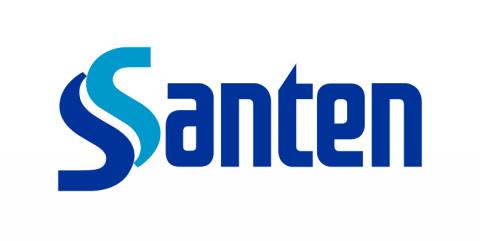Abstract
Title: “Stretchable nanomesh electronics for wearables and in vitro characterizations”
Stretchable electronics are expected to open up a new class of applications ranging from wearable electronics for health-monitoring and human-machine interfaces, implantable electronics, and in vitro characterization. Wearable technology can enable continuous, long-term monitoring and lead to the personalization of medical care that can help people stay healthy and prevent more serious health problems from happening in the first place. In order to expand emerging applications of wearable technologies, soft biomedical sensors have attracted much attention recently. In order to minimize the discomfort of wearing sensors, it is highly desirable to use soft electronic materials particularly for devices that come directly into contact with the skin and/or biological tissues. Thanks to recent progress of soft electronics, intimate and conformal integration of electronics with the human skin can be created to continuously monitor health conditions. It can monitor small changes that occur very gradually over long periods and, therefore, have tremendous potential to drastically change the nature of the examination and treatment of medical conditions. In this talk, recent progress and outlook of wearables using stretchable devices will be reviewed. In particular, I report a newly developed hypoallergenic electronic sensor that can be worn on the skin continuously for a week without discomfort. It is so light and thin that users forget they even have it on. The elastic electrode constructed of breathable nanoscale meshes holds promise for the development of noninvasive on-skin devices that can monitor a person's health continuously over a long period. Then, similar nanomesh sensors is applied to in vitro characterization. These can monitor the field potential of cardiomyocytes on gel, while enabling them to move dynamically without interference.
Abstract
Title: "Mixed-Signal Circuit Techniques for Near-Sensor Machine Learning and Data Analysis"
Mixed-signal interfaces are the essential bridges between the physical world and the digital information processing backbone. In recent years, innovation in such interfaces has been increasingly fueled by application-level insight and the data-driven nature of modern systems. As a result, the traditional building block boundaries are blurring, and the extraction of information occurs through symbiotic interplay between analog and digital signal processing. In this talk, I will illustrate this trend using examples of small-scale machine learning and data analysis functions that operate at the physical interface. Specific examples include mixed-signal feature extraction circuits and compute fabric for machine learning inference, as well as data-compressive interfaces for high-dimensional sensor inputs.
Abstract
Title: "CMOS electrode array technologies to monitor neural activity for health and disease"
The use of CMOS technology to realize active multielectrode array devices for large-scale neural interfacing with sub-millisecond and cellular resolutions is on the way to change how we can look at brain circuit’s and neural network’s activity. This is important to study their function in health and disease. In parallel, this highly integrated approach based on monolithic micro-/nano-structured CMOS devices is also providing innovative opportunities for the development of therapeutic strategies for brain diseases as well as small and ultra-low power devices for biomedical applications in diagnostics and prosthetics.
Planar CMOS devices with a high number of microelectrodes integrated in dense arrays at a pitch down to sub-cellular sizes were initially proposed for in-vitro preparations. Nowadays these planar CMOS multielectrode arrays (CMOS-MEAs) are commercially available and routinely used for studies and assays on cell cultures, organoids and brain tissues. More recently, implantable CMOS-probes for in-vivo recordings of neural activity were demonstrated for distributed recordings across superficial and deep brain circuits as well as in multiple brain regions.
In this lecture we will review this technology and discuss our approach based on the Active Pixels Sensor (APS) circuit architecture to realize both planar and implantable CMOS-MEAs. This modular and scalable circuit solution allows continuous recordings from entire large arrays of closely spaced electrode-pixels and was recently demonstrated for recordings in rodents. The high data dimensionality provided by these new probes offers several advantages that can be exploited for pre-processing electrophysiological signals and to detect single-units activity. Finally, we will discuss ongoing developments toward wireless implantable probes for chronic brain interfaces and new generations of active micro-devices for high-throughput pre-clinical applications.
Abstract
Title: “Digital transformation, our movement to the next medical and healthcare scene”
Transformation from medical care after becoming seriously ill caused by chronic disease to preventive and disease-free medical care is crucial theme in new medical and healthcare for mature society. The clinic-level medical care plays major role for it. Provision of solutions through the BestMix of PoN devices and ICTs strongly supports such trend.
We successfully realized compact and high sensitivity immunoassay system. We have adapted the CLEIA method with the Music CD shaped bio-device and network-connected 17cm Cube IoMT machine is implementing BestMix solutions with ICT-based services. It is very useful for monitoring the small molecules like cytokines related to chronic inflammation.
On the other hand, in order to verify the usefulness of our lifestyle habit management system for individualization prevention and medical care, we conducted a joint research with regional Hospital on the relationship between food content and postprandial blood glucose levels using our developed glucose patch test requires tissue fluid with ignorable invasion. As a result, we were able to making individual’s glucose tolerance profile. Being able to set dietary contents based on individual characteristics, it could be expected that more effective personalized dietary guidance. By these results bring us another opportunity that we adapt to athlete's condition management, such as weight gain, weight loss and stamina UP using blood glucose level fluctuation. And we also monitor the athlete’s over training by utilizing immunology PoN.






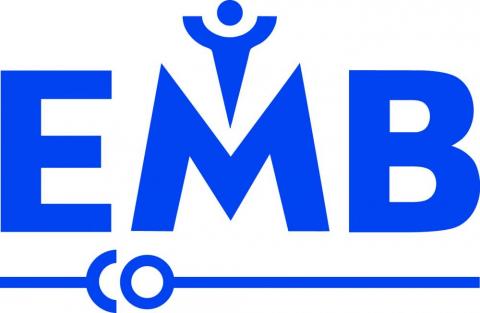



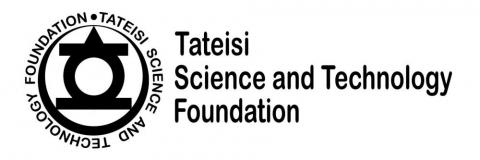
.jpg)

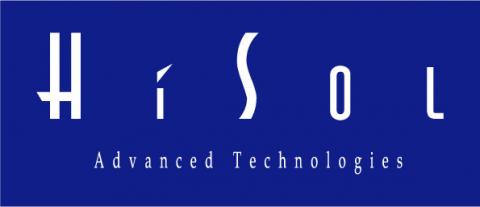
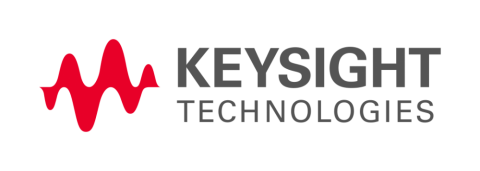

.jpg)



